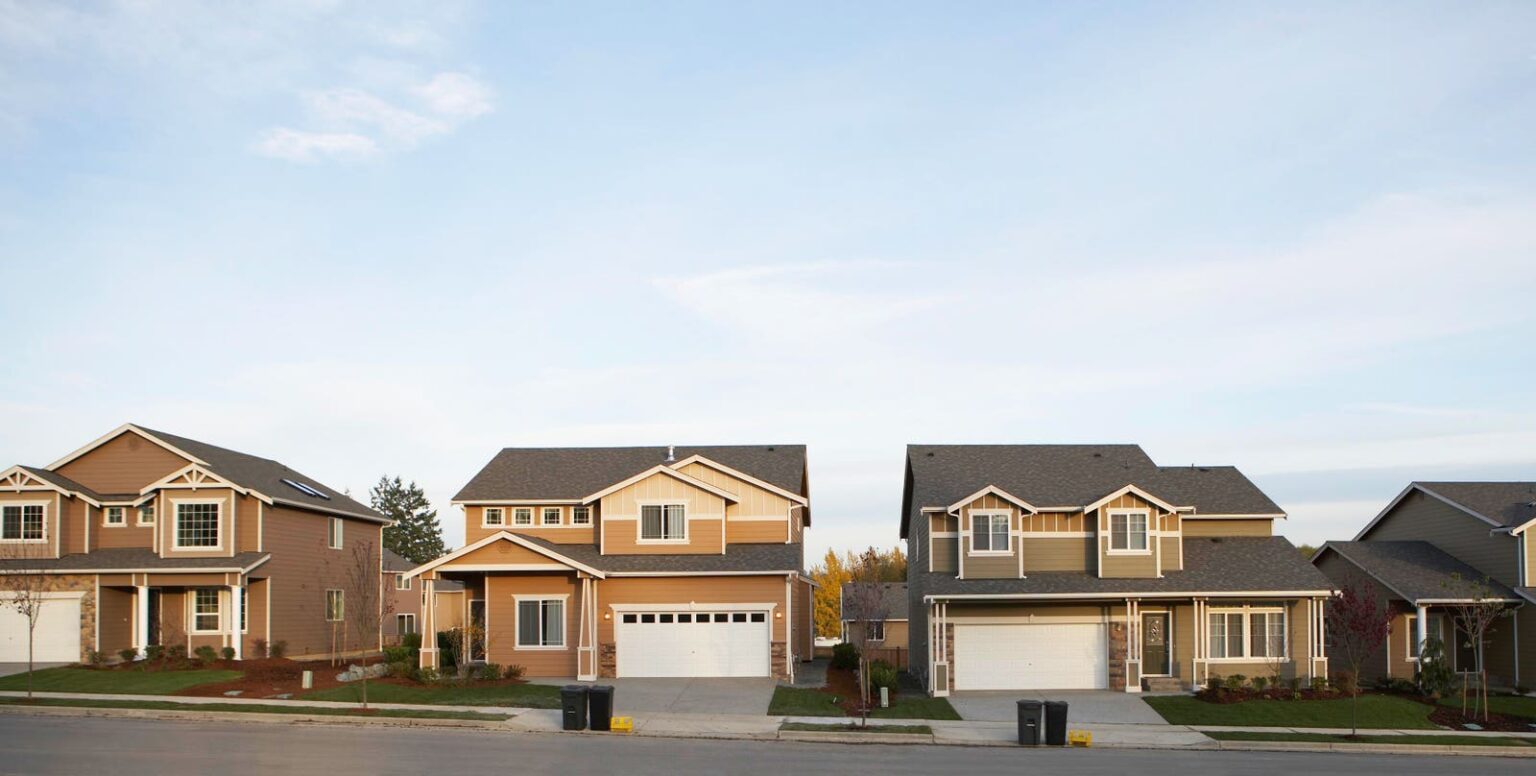Is the American Dream dying before our very eyes?
For generations, homeownership was marketed as the cornerstone of the American Dream—a stable path to long-term wealth. Today, Americans collectively hold over $35 trillion in housing wealth, a staggering increase of nearly 80% since 2020. But for many homeowners, that paper wealth feels more like a paradox than prosperity.
From rising property taxes to diminished financial aid eligibility and limited access to liquidity, today’s homeowners are confronting a reality that defies conventional wisdom. Below are three key takeaways from this growing contradiction.
1. Wealth on Paper, Pressure in Practice
Although home values have soared since 2020, the financial windfall has come with rising property taxes, insurance premiums, and maintenance costs—often outpacing household income growth. In places like Miami Shores or Pittsburgh, annual tax hikes of 50% or more are squeezing even financially secure households. For some, the situation feels like “paying rent to the government,” even with no mortgage left to pay.
Homeowners are increasingly forced to cut back on discretionary spending or dip into savings just to keep up with the costs of staying put.
2. Locked-In Equity Is Hard to Unlock
Tapping home equity used to be easier—think cash-out refinancings during the ultralow-rate era. But today, high interest rates and tighter lending standards are making it difficult for even high-credit borrowers to access their housing wealth. Despite strong household balance sheets, Americans are extracting less than half the amount of equity compared to pre-2022 norms.
Moreover, many are deterred from selling due to capital gains tax thresholds that have not kept pace with inflation, especially in high-growth housing markets. Some homeowners, facing six-figure tax bills, choose to hold and pass down their properties instead.
3. Home Equity Now Counts Against You
While home equity has historically been an untouchable source of wealth, institutions are now treating it as a liquid asset when it suits them—particularly when calculating financial aid. Universities often include home equity in determining how much families can contribute. This erodes financial aid eligibility, especially for middle-class families living in high-cost areas with high equity but limited liquidity.
In other words, the same asset that feels untouchable when trying to borrow from a bank suddenly becomes fully visible when applying for student aid.
Bottom Line
The “trapped equity” dilemma is reshaping the American housing narrative. Housing, once seen as a source of mobility and liquidity, has become a static, burdensome asset. As this reality sets in, there is a growing opening for fintech startups to bridge the gap. Companies offering fractional home-equity access, equity-sharing models, or AI-driven underwriting for HELOCs and home equity investment products have thus far been unable to shake up the market. They must also navigate regulatory complexity and a cautious lending environment to unlock real value for homeowners.
The $35 trillion in housing wealth held by Americans is real—but elusive. While the post-pandemic run-up in prices has created a windfall on paper, unlocking that wealth is harder than ever. As the costs of ownership rise and access to liquidity shrinks, the gap between perception and reality in housing wealth has never been wider.
Read the full article here

